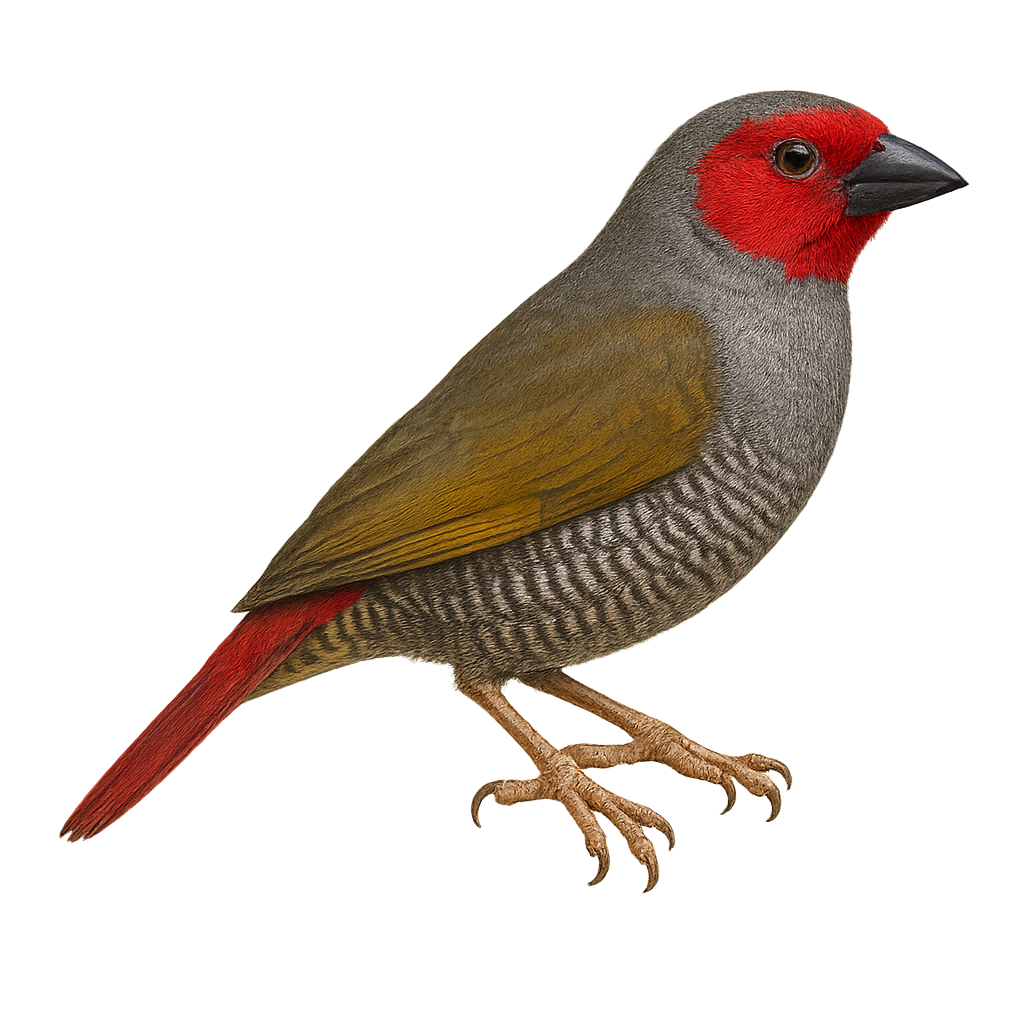Your wildlife photography guide.
Explore the orange-breasted waxbill in detail, study its behavior, prepare your shots.
Where to observe and photograph the orange-breasted waxbill in the wild
Learn where and when to spot the orange-breasted waxbill in the wild, how to identify the species based on distinctive features, and what natural environments it inhabits. The WildlifePhotographer app offers tailored photography tips that reflect the orange-breasted waxbill’s behavior, helping you capture better wildlife images. Explore the full species profile for key information including description, habitat, active periods, and approach techniques.
Orange-breasted Waxbill
Scientific name: Pytilia hypogrammica

IUCN Status: Least Concern
Family: ESTRILDIDAE
Group: Birds
Sensitivity to human approach: Suspicious
Minimum approach distance: 5 m
Courtship display: July to August
Incubation: 12-14 jours
Hatchings: July to September
Habitat:
Savannas, open woodlands, grasslands
Activity period :
Primarily active during the day, with peak activity in the morning and late afternoon.
Identification and description:
The Orange-breasted Waxbill, or Pytilia hypogrammica, is a small, colorful bird belonging to the Estrildidae family. It is primarily found in West Africa, particularly in savannas and open wooded areas. This bird is notable for its vibrant plumage, with a bright orange belly contrasting with gray-green wings and back. Both males and females display similar colors, although males are often more vivid. They primarily feed on seeds but also consume insects, especially during the breeding season. Their song is soft and melodious, often used to attract mates. Although their population is stable, deforestation and capture for the pet trade can pose potential threats.
Recommended lens:
400 mm – adjust based on distance, desired framing (portrait or habitat), and approach conditions.
Photography tips:
To photograph the Orange-breasted Waxbill, it's advisable to use a 400mm lens or longer to capture detailed images without disturbing the bird. Look for them in savannas or open woodlands, where they often feed on the ground. Be patient and discreet, as these birds can be suspicious. Use a tripod to stabilize your camera and wait for the bird to perch in a favorable position. Take advantage of the natural morning or afternoon light to achieve vibrant colors.
The WildlifePhotographer App is coming soon!
Be the first to explore the best nature spots, track rutting seasons, log your observations, and observe more wildlife.
Already 1 431 wildlife lovers subscribed worldwide

